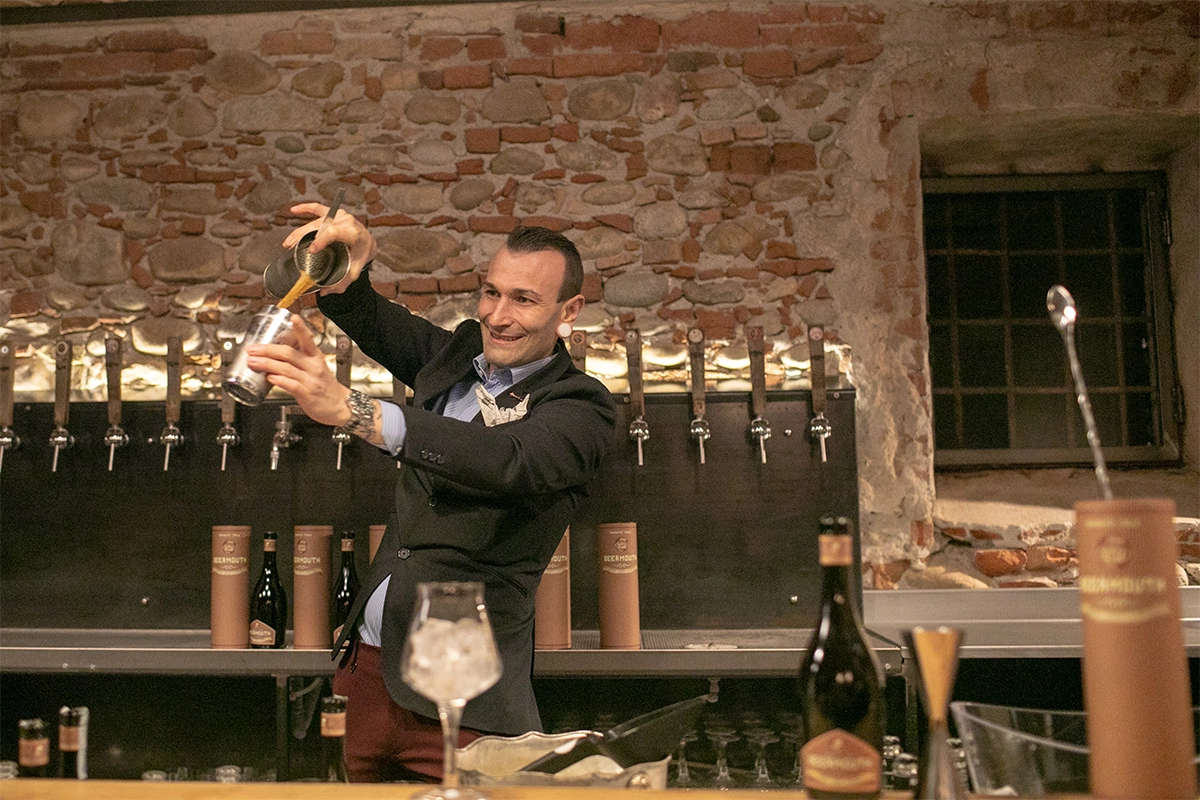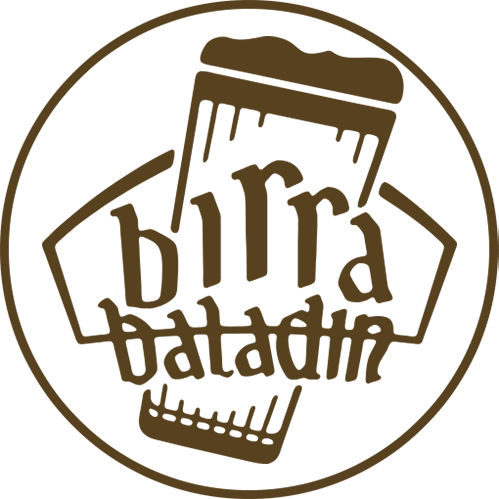Mixology: cocktails with vermouth and Beermouth

Raise your hand if you have never tried a cocktail in your life. With the exclusion of convinced teetotalers, only a few hands (hopefully) will be raised. Now raise your hand if you have never tried a cocktail with vermouth in it. Some might hesitate, as you might not know all the ingredients of every drink. Just Google Negroni, Martini Cocktail, Americano, Manhattan – four cocktails that could not exist without vermouth – to erase any doubt. The connection with mixology is unquestionable.
We talk about it with Dennis Zoppi, world renowned professional mixologist and one of the inventors of Beermouth. “The rebirth of vermouth is perfectly in line with the new trends of mixology - he says - including that of low-alcohol cocktails. Why not build a cocktail starting from a more aromatic and less alcoholic drink? Vermouth, with its rich aromas and low alcohol content, is perfect”.
SUBSCRIBE TO BALADIN NEWSLETTER
Red vermouth, the king of cocktails
In America they are called Negronists: Negroni lovers. Negroni is the cocktail that has made the name of Count Camillo Negroni immortal. It is impossible to even think of a Negroni without two great Italian products such as bitter and vermouth, and gin. Each making up one third of the final cocktail. For a good Americano, instead, no gin is needed. The result is less alcoholic, but just as intriguing. The ultimate aperitif.
These are two iconic and popular cocktails, made everywhere. “Modern mixology - continues Dennis Zoppi - needs new inputs. We are always looking for something new, but it’s also true that new cocktails can be difficult to communicate. So why not stick to the original ingredients, but change the proportions? For instance, why are the ingredients of a Negroni always used in equal amounts? If you are looking for a more aromatic, less alcoholic Negroni, you might go for a more complex vermouth, increase its proportion and make it into the base for the cocktail”.
Red vermouth is the protagonist of many variations of Negroni (from Negroni Sbagliato to Hanky Panky), while it is the supporting element in another historical cocktail: Manhattan, one of those “four cocktails that allow the bartender to make a good impression, while the customer can tell his life story", as Manuel Vazquez Montalban put it.
White and dry, behind the bar
The most iconic glass in the world of mixology? The triangular Martini glass, of course. An essential shape that can contain all the short drinks that need no ice, starting from the cocktail that gave it its name. That Martini Cocktail that Truman Capote called “silver bullet” while Dorothy Parker liked to say: “I like to have a Martini, two at the very most. After three I'm under the table, after four I'm under my host.”. A key aspect of this cocktail is the ratio of gin to extra dry: from the 6:1 laid down by the IBA (International Bartender Association), to the 15:1 loved by Hemingway - the famous "Montgomery" ratio, i.e. the ratio that the fearful English general demanded between his forces and those of the enemy before attacking.
“If we want to emphasize the more aromatic part - says Dennis Zoppi - we can increase the quantity of vermouth, even up to half of the whole cocktail. However, if we are looking for something more straightforward, a new trend is vermouth and tonic, a very enjoyable and contemporary drink: white vermouth, tonic water and a slice of orange to make it even more pleasurable”.
Beermouth adds a little fun to mixology
Enjoyed by itself, well chilled and with a citrus zest (preferably grapefruit), Beermouth gives its best. But its use in mixology can be full of surprises. “The 13 botanicals used in Beermouth - suggests Dennis Zoppi - expand the range of possibilities, both for cocktails and food pairings. Coffee, bergamot orange, bitters: these are possible combinations that give us the chance to experiment and have fun. Beermouth is a versatile product that can start a beer mixology that is still to be created. Just one recommendation for bartenders: remember that Beermouth is made from beer. To mix it successfully, find a reference to its ingredients, starting from the spices”.
Perhaps start with basic, successful cocktails such as Beermouth and Tonic (with grapefruit garnish), or an equally simple Popolare, where Beermouth is mixed with Bitter Campari and Pop Baladin beer. “But you can also - concludes Dennis Zoppi - twist some great classics by replacing some ingredients: from Spritz to the above mentioned Manhattan, it can be a lot of fun”. Do try it at home!



